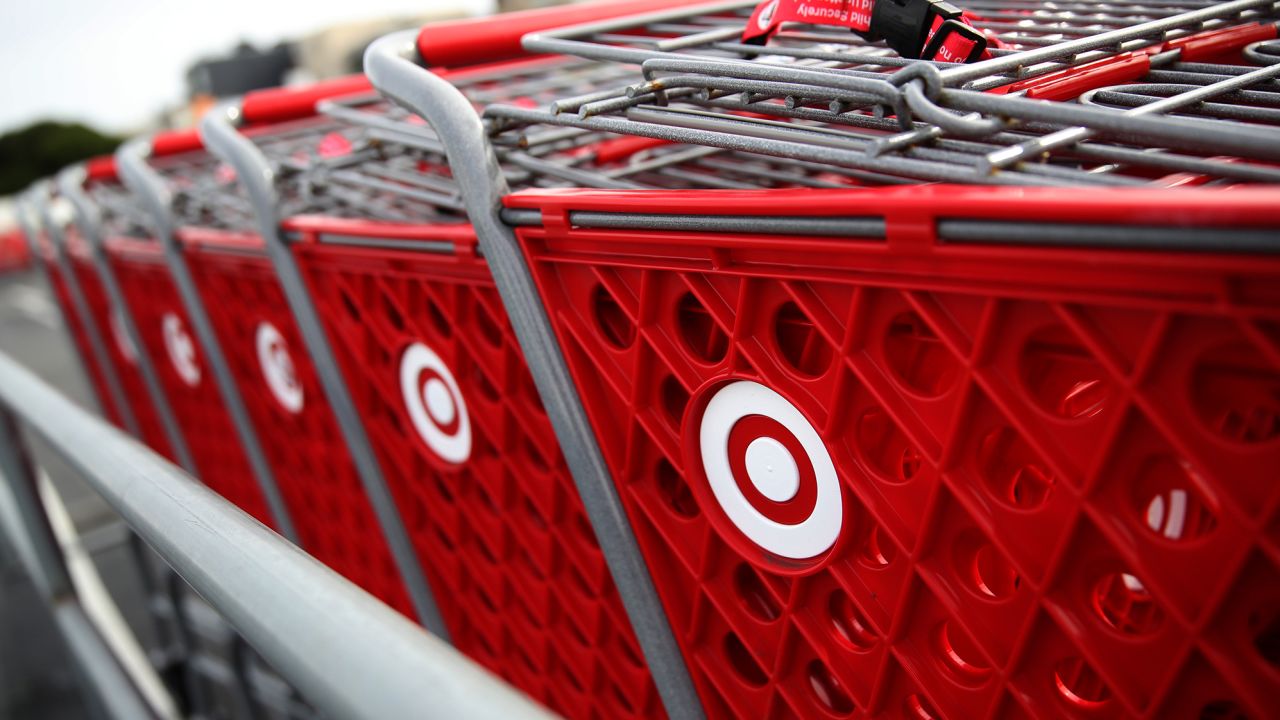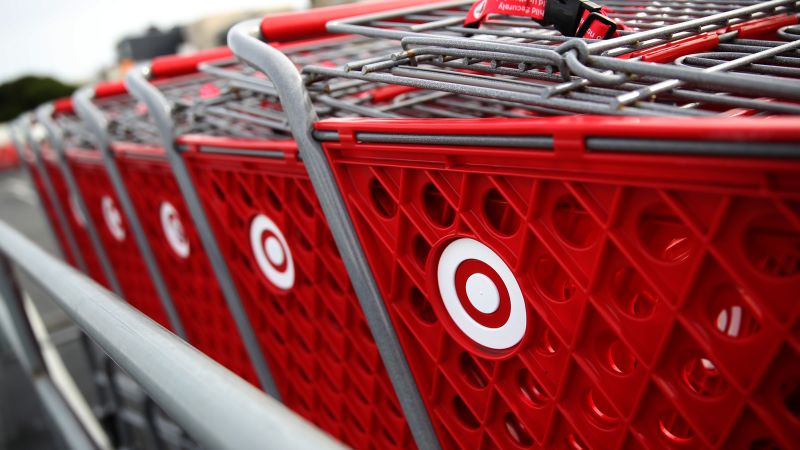Newly released figures indicate a sharp downturn in retail giant Target’s sales last quarter, sparking predictions of a subdued holiday shopping season. Amid persisting pressures faced by customers, including inflation and resurgent student loan repayments, the corporation’s sales have plummeted by a considerable 4.9%, marking the second consecutive quarter of decline. Anticipating a continuation of this trend through the holiday season, Target forecasts a slump in sales to progress into mid-single digits.
A deep dive into the factors contributing to this development reveals an increasingly cautious consumer base withdrawing from making discretionary purchases such as furniture, electronics, and certain categories of clothing. These revelations come in the aftermath of Home Depot’s recent acknowledgement of consumers downsizing their engagement with home improvement projects, a shift from their previous patterns during the pandemic.


Further underscoring the fragile retail environment, the Commerce Department’s report highlighted a drop in retail sales in October, the first in seven months. At the same time, however, Target managed to surpass Wall Street’s profit expectations, leading to a sharp 14% surge in premarket trading on Wednesday. This, despite a 36% dip in Target’s stock over the past year, further indicates a particular focus on profitability among Wall Street quarters.
As consumers continue to reign in their spending, Target grapples with an overbearing inventory glut that has adversely impacted its profits. Consequently, Target now reports cleaner inventory levels than a year ago, with lesser products being marked down. Factors like lower freight and supply chain costs have also contributed to profit growth.
Significantly, this ammunition for celebration emerged following a six-month period of negative headlines, culture war distractions, and a severe slump in stock. Over the summer, for the first time in six years, Target saw a decline in its quarterly sales. This fallout occurred as customers restrained spending on discretionary goods, and the brand was hit hard by a severe right-wing backlash over its Pride Month collection.
While Target stood among the strongest-performing retailers during the pandemic as customers rushed to its stores and website, changing consumer spending patterns imply an increasing vulnerability. Nearly half the merchandise stocked by Target includes discretionary items such as clothing, home décor, electronics, toys, party supplies, and other non-essential items. These areas are seen as overexposed when compared to competitors like Walmart and Costco. Addressing this tilt, the company has lately expanded its range of food and essentials.
Meanwhile, issues of store safety and theft have emerged as crucial concerns for Target. Nine of its outlets in major cities are to be closed due to threats from theft and organized retail crime to team and guest safety, and unsustainable business performance. Analysts, however, point towards underperformance of smaller Target locations as a possible reason.
In conclusion, the retail realm is becoming increasingly challenging, with major players like Target taking the hit. Target’s struggle to maintain sales and profitability amidst economic headwinds and changing consumer preferences indicates a testing road ahead. Its future performance hinges critically on its ability to adapt to these evolving dynamics and align its product offerings more effectively with consumer demand. Ultimately, the goal of enhancement of essential services and improvement in store safety must be balanced suitably with maintaining profitability and managing inventory levels effectively.
Target’s trajectory and strategic adaptations will certainly be in focus, offering valuable insights for other retailers navigating through these uncertain times.



